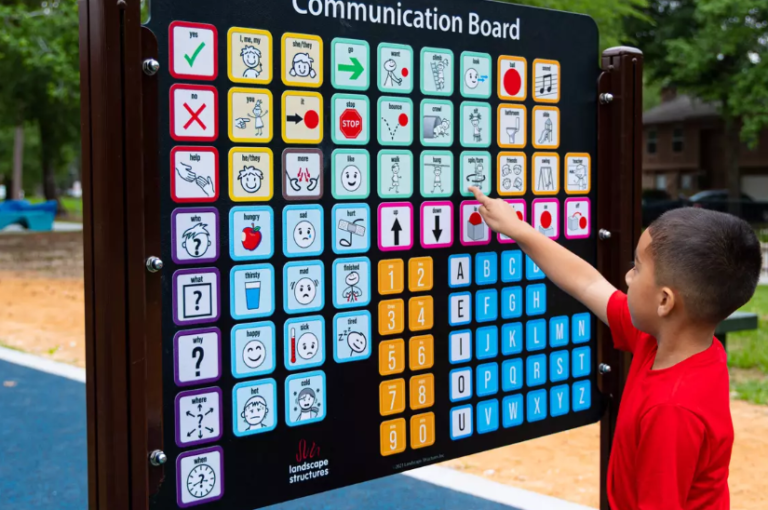Have you been curious about spiraling your curriculum in math? Perhaps you are wondering how it is different from teaching your curriculum in units? Maybe you have heard about it from a colleague or friend. If you want to learn more about the benefits and how you might try it in your own classroom, then this post is for you!
What is Spiraling?
- Organizing concepts/topics or units of study (that would normally be taught over a short period of time) and introducing them in smaller chunks over a longer period of time
- Coming back to the concept/topic multiple times over the duration of the grade and going deeper each time
- Also known as interleaving, distributing, spacing or mixing the concepts
Why Spiral Your Curriculum?
- Students learn concepts more deeply
- Students retain information for a longer period of time
- Provides multiple opportunities for students to demonstrate their learning
- Models and encourages a growth mindset
- Improves student confidence and builds independence
- Promotes learning driven by wonder and curiosity
- Increases engagement
- Reduces teacher workload in combined or multi grade classrooms
How to Get Started
Step 1: You will first need to become familiar with your math curriculum document so that you are able to make connections between the learning outcomes and concepts (KUSP’s). This will allow you to build tasks that touch on various concepts at once.
Step 2: Plan your spirals by month based on your learning outcomes. Once you have organized your outcomes, you then decide how many times you will revisit these concepts or how you will chunk the concept throughout the year.
Step 3: Pull the ‘big ideas’ from your learning outcomes and KUSP’s as these will become your tasks to focus on as you spiral (e.g. place value).
Step 4: Plan your big ideas/tasks one or two months at a time.
Grade 2 example:
Step 5: Distribute your assessments and be responsive and flexible. This may include providing timely feedback, goal setting, and continuing to provide opportunities for students to demonstrate mastery. Regular formative assessments are necessary but summative assessments must also be distributed throughout the year so students have multiple opportunities to demonstrate their learning.
By monitoring how students are doing based on the learning goals you have created for your grade, this can also help you determine how frequently to come back to concepts based on student understanding.
Tips for Beginners!
- Find a friend! Trying something new is always better with company.
- Try spiraling just your mini lessons or warm ups.
- Throwback Thursday! On Thursday’s rather than teach new learning, you review previously taught concepts and connect them for students.
- Explicitly make connections for students between concepts (e.g. linking estimation in number to measurement)
- Interleave your assessments, ask students to recall previously taught concepts helps them make connections but also signals the brain that this is important understanding to hold onto.
- Chunk your units! You can do this by teaching two weeks of one unit and then switching to a second unit for a week or two (e.g patterning and Skip counting). Next you come back to the first unit by reviewing and connecting from unit two followed by building new knowledge and understanding from unit one.
- Spiral just one unit or strand to begin with. Spiraling the number strand or organizing idea is often the easiest to start, as we naturally do this by revisiting concepts students have not yet mastered.
Grade 2 sample month overview:
Further Reading and Resources:
- How We Learn Book
- Make It Stick Book
- Interleaved Mathematics Practice – Giving Students a Chance to Learn What They Need to Know ARTICLE
- The Key to Interleaving: Jumble It Up! ARTICLE
References
https://makemathmoments.com/sprialling-guide/
https://classteaching.files.wordpress.com/2014/06/tharby5.jpg








